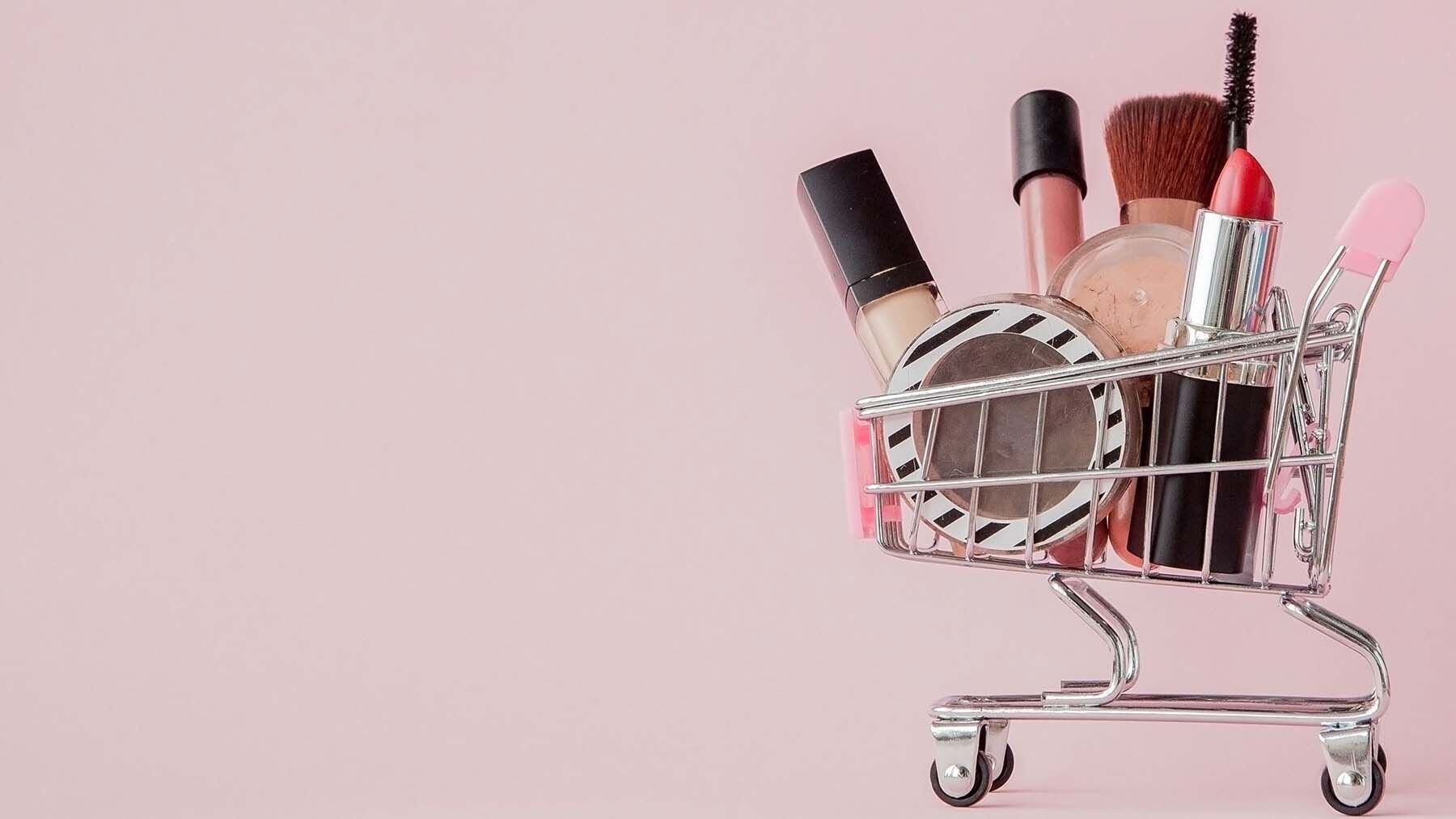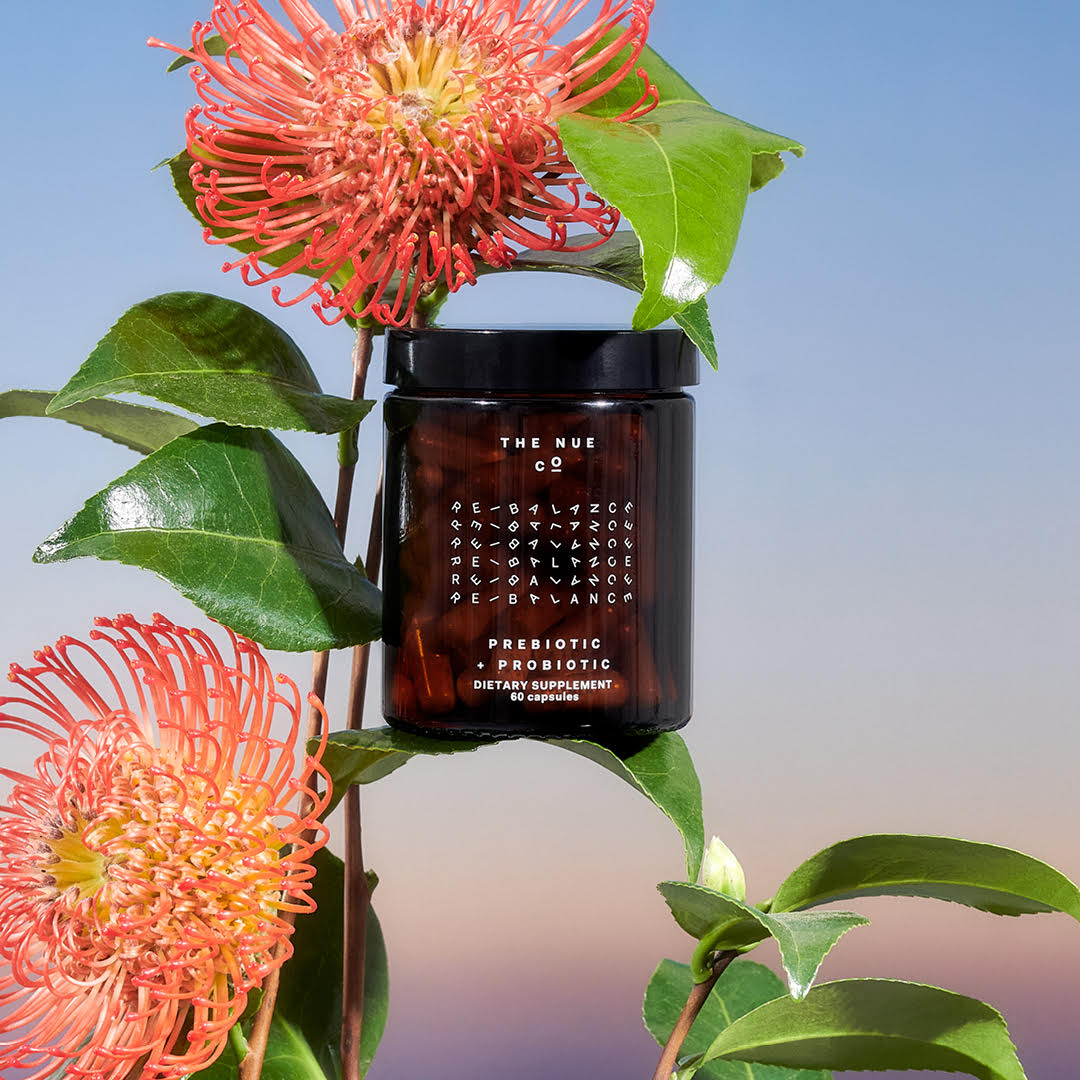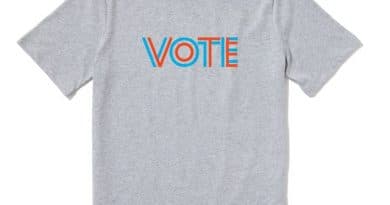How Amazon Fits Into the New Beauty Playbook
Amazon is too big for beauty brands to ignore.
By 2025, itâs set to overtake Walmart as the biggest US beauty retailer, and represents 14.5 percent of the total beauty market, according to Morgan Stanley. Its influence extends beyond mass brands, with the Dyson Airwrap ($599.99) and Sol de Janeiro Hair & Body Fragrance Mist ($38) among the most searched-for items on the platform during Black Friday last year.
But despite the demand, prestige beauty labels have historically shied away from selling on Amazon, with a disdain for its bare-bones, formulaic interface and the fact that customers can buy toilet paper and their pricey moisturiser in a single transaction. Still, itâs a dominant player that serves over 300 million customers worldwide. If brands donât play ball with Amazon, they are âmore or less living in denialâ, said Renee Parker, co-founder of Amazon advisory firm Invinci.
Brands may already be selling on Amazon without their expressed permission. âWe had some third-party sellers popping up [on Amazon] that we had accidentally sold to at trade shows,â said Cedar Carter, chief executive of wellness brand The Good Patch. âOnce your product ends up on Amazon by anybody, itâs having an impact on your brand, and if youâre not controlling it, youâre diluting it,â said Parker.
âI spoke to a brand recently who are not engaging directly with Amazon. Yet they have over $30 million worth of their product moving through it,â said Parker, adding that customers buying products from grey market resellers might receive expired, damaged, incorrectly priced or otherwise unacceptable stock, damaging a brandâs reputation.
For emerging brands, Mark Wieczorek, chief insights officer at e-commerce accelerator Front Row, said being on Amazon could add credibility.
âAmazon is one of the worldâs most trusted companies,â he said, adding that a customer might prefer to use it, rather than navigate through a website theyâre not familiar with. It can also be a buffer in unpredictable climates: In a meeting with analysts and journalists, Cyril Chapuy, head of LâOréalâs luxury division said its sales on Amazon had helped offset a slowdown in the lucrative Chinese market in 2023.
Selling on Amazon, though, can be a challenge, especially for a young brand. Brands have to grapple with new jargon, logistics and fulfilment, as well as endless competition, all while keeping their existing retail partners happy.
The author has shared a Flourish data chart.You will need to accept and consent to the use of cookies and similar technologies by our third-party partners (including: YouTube, Instagram or Twitter), in order to view embedded content in this article and others you may visit in future.
Right Model, Right Time
Selling on Amazon brings a unique set of guidelines and expectations for brands, even if theyâre well-versed in wholesale.
âBrands come in wanting to have a similar relationship that they may have with other retailers, where they deal directly with a small team of specialist beauty buyers,â said Parker.
But at Amazon, brands canât negotiate or change the rules. Most beauty brands that sell on Amazon are third-party sellers, paying to appear on Amazonâs marketplace, and often, for its logistics, but not selling to Amazon as a wholesaler. Oftentimes, only working with a large, Amazon-recognised agency will help brands get in front of a dedicated account executive.
In order to access benefits like reseller protection, brands need to opt in the FBA â Fulfilled by Amazon â programme, which also is necessary to participate in Prime, Amazonâs expedited shipping service. To do so, Amazon charges a brand around 10 to 20 cents per unit for warehousing costs, depending on factors such as dimensions or hazmat status. Then thereâs another 15.33 percent referral fee paid by sellers to Amazon for listing premium beauty products, though itâs lower for cheaper products. Finally, thereâs the FBA last-mile fulfilment costs from Amazon to the customer, which, based on product weight and dimensions, itâs generally around $3 to $5 per unit, said Parker.
Carter said for its products, Amazonâs fees add up to around 25 percent of the ticket price.
Amazon can implement changes to these guidelines, which are usually handed down with little warning. Carter said the most challenging part for The Good Patch was how rapidly things can change, and has needed to evolve its strategies quickly. For example, an algorithm that price-matched The Good Patchâs offerings with that of other, non-Amazon retailers forced the company to put in extra work when pricing their product bundles, or theyâd lose the âbuy boxâ, meaning theyâd no longer be the default seller suggested when customers were ready to add to cart.
But both Carter and Mila Mendez, vice president of digital media and e-commerce at high-end skincare label Révive, however, said that Amazonâs rigid model allowed for easy forecasting, with their projections often only out by a few thousand dollars.
âItâs really easy to get in trouble on Amazon if you donât understand the unit economics,â said Carter, adding that fully understanding margins and the fees associated with storage and shipping is vital.
Do The Legwork
Selling on Amazon brings access to a massive customer base, but also carries reputational risks.
Unauthorised resellers are the most prominent example. Carter said in the brandâs initial days of selling on Amazon â it launched there in 2020 â it struggled with resellers, though it has now been able to rectify the issue. Other brands have wider-scale issues when distributors turn into bad faith actors.
FBA tools offer some remedy in that, but still, brands have to work hard to command whatâs known as the buy box. In order to maintain control, brands need to carefully consider pricing. If another seller is offering a discount, they might get the buy box instead. Amazon will also nudge sellers to adjust pricing based on offers it spots around the web, and call it a âfeatured offer.â If they choose not to, theyâll likely lose the buy box for a while.
âThere are a lot of premium brands that would rather, from a brand equity perspective, just lose the featured offer,â said Parker. But if they lose the buy box for too long, it can drastically impact their business.
Brands should also pay special attention to building out their Amazon product pages. Carter said having positive reviews, as well as adding good imagery and product claims is essential. Wieczorek added that for many consumers, Amazon functions as a search engine. To ensure better conversion, brands need to harness the data Amazon provides about what terms are reaching and converting shoppers. He also said reviews can be a valuable source for what messaging resonates, saying heâs seen conversion rates lift as high as 42 percent when using insights gleaned from reviews.
âItâs so important to build out your brand store and treat it like your own website with the Amazon customer in mind, which sometimes may be a very different customer than your website customer,â said Carter.
Amazonâs third-party premium or luxury programmes, which are invitation only, however, offer an opportunity to further elevate the experience. These allow brands to lean on Amazon for logistics and fulfilment, but also give them more control over how products appear on site. Premium offers better protection against resellers, more control over product pages, and the option to upsell consumers with suggested routines.
Luxury, on the other hand, is an entirely gated community, with shoppers redirected to more of a mini storefront with different visuals. With this option, brands can ship their products in their own branded packaging â not Amazonâs.
âIt means we appear [in a space] with fashion brands, luxury accessories brandsâ¦it makes sense for us,â said Mendez of Révive, which sells on Amazonâs luxury platform.
Ultimately, however, selling on Amazon means accepting there will be elements of your business you canât control.
âI always say, thereâs two ways of working with Amazon,â said Parker. âThereâs Amazonâs way, and Amazonâs way.â

:quality(70)/cloudfront-eu-central-1.images.arcpublishing.com/businessoffashion/2GLYM7FDFRGPTEZMMJKQHH3AEM.jpg)




